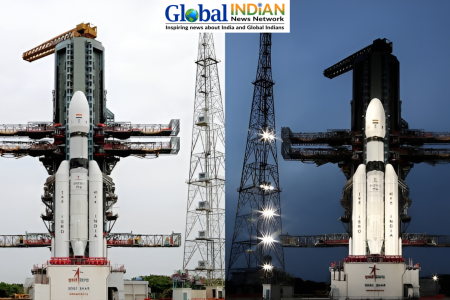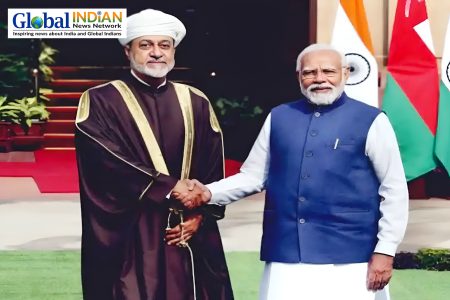
A scientist of Indian origin, Aroh Barjatya, affiliated with Embry-Riddle Aeronautical University in Florida, is gearing up to launch three scientific rockets into space on October 14, 2023. This launch is strategically planned during an annular solar eclipse when the moon partially obscures the sun. Barjatya, a professor of Engineering Physics and director of the Space and Atmospheric Instrumentation Lab (SAIL) at Embry-Riddle, is at the helm of a NASA rocket mission involving multiple institutions. The primary aim of this mission is to investigate alterations in Earth’s upper atmosphere, with potential implications for both air and ground communication systems.
The upcoming annular solar eclipse, often referred to as a “ring of fire” eclipse, will be visible in specific regions, including parts of the United States, Mexico, South, and Central America. Barjatya’s mission, known as Atmospheric Perturbations around the Eclipse Path (APEP), will launch three rockets from NASA’s White Sands Test Facility in Las Cruces, New Mexico. This launch is meticulously timed to coincide with the precise moment when the moon aligns between the Earth and the Sun, creating the captivating “ring of fire” phenomenon.
The primary objective of the APEP mission is to closely examine changes occurring in the upper atmosphere, particularly during instances of sudden decreases in sunlight. Barjatya has further plans to recover and relaunch the three main payloads using fresh rocket motors and additional sub-payloads during the total solar eclipse slated for April 8, 2024.
Aside from his involvement in this groundbreaking mission, Aroh Barjatya holds a significant role as a tenured full professor and program coordinator for the Engineering Physics program at Embry-Riddle Aeronautical University. His leadership qualities have been evident in spearheading the development of a comprehensive five-year strategic plan for the department. Additionally, he successfully introduced the Spacecraft Instrumentation area of concentration within the major, leading to a noteworthy 25% increase in program enrollment over a span of three years. Barjatya’s commitment is also reflected in his regular annual assessments of the program, culminating in a comprehensive five-year review that provides a metrics-based evaluation of the program’s progress and accomplishments.













